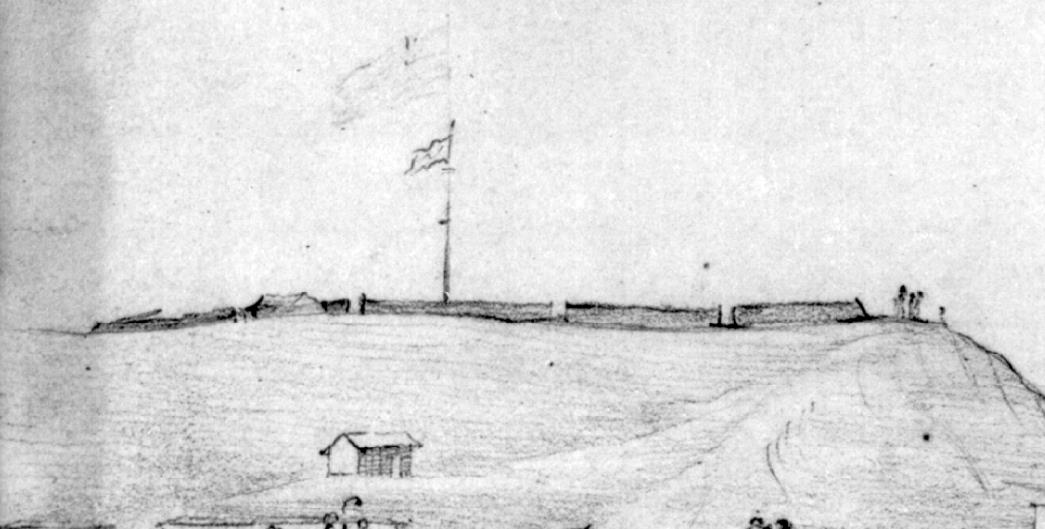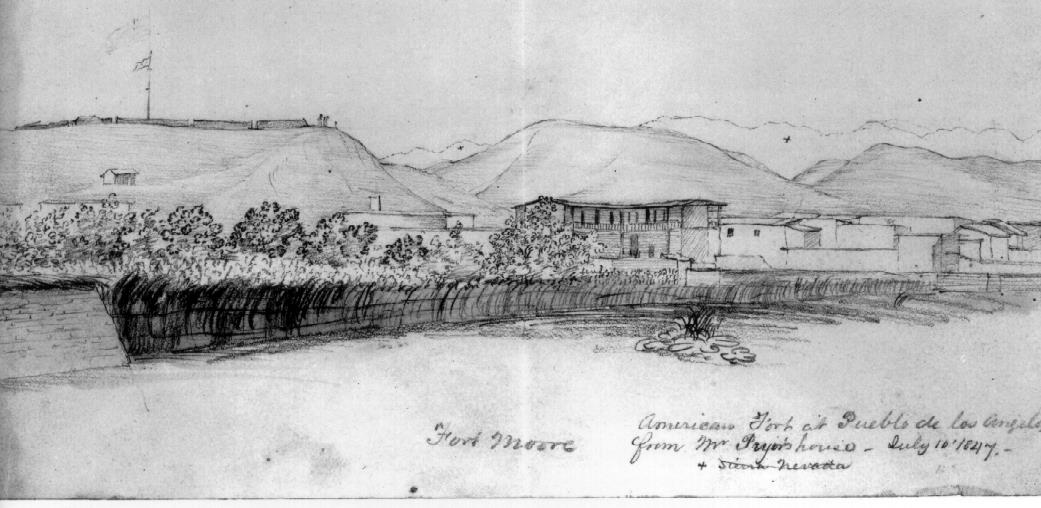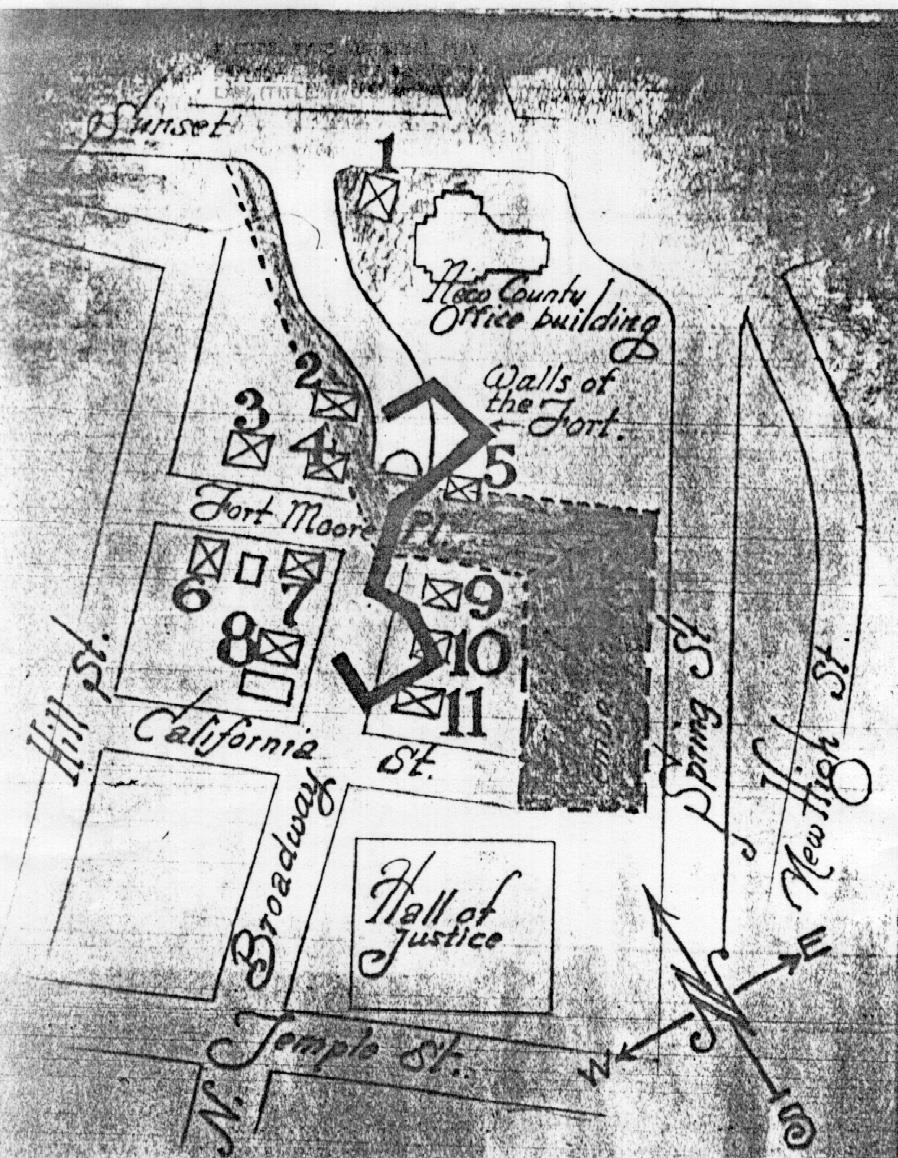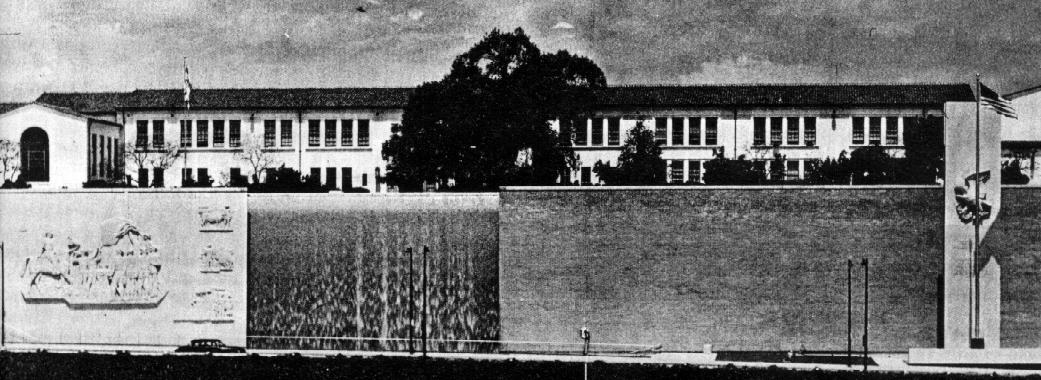Army, who was killed in the battle of San Pasqual on December 6, 1846. The order read as follows: "The Mormon battalion will erect a small fort on the eminence which commands the town of Los Angeles. Company A will encamp on the ground tomorrow forenoon. The whole company will be employed in the diligent prosecution of the labor for one week, but there will be a daily detail of a non-commissioned officer and six privates for the camp guard. The hours of labor will be from half past six o'clock until 12 o'clock and I o'clock until 6 o'clock. The guard will mount at half past 5 o'clock. Lieutenant Davidson, first Dragoons, will trace tomorrow on the sight selected, his plan, which has been approved of, a fort with one small bastion, front for at least six guns in barbette, assisted by the Company Officers. He will have the direction as Superintendent, which pertains to an officer of engineers. As assistant quartermaster, he will procure the necessary tools." Company A commenced work immediately upon their arrival at the new camping place. Twenty-eight men of each company worked for four days before being relieved.


Two drawings of the Fort come down to us. William Rich Hutton made the first in July 10, 1847 right after the Fort was dedicated. The view is looking up from the Pueblo. The second is a rendering that appeared in an article about the Fort Moore Hill history in the Los Angeles Times for April 1, 1934. These are the only two records that the author has found anywhere.

